Best Ways to Touch Up Paint

Your home's walls take a good deal of abuse. Scratches and smudges are inevitable in the presence of children, pets, and the normal wear and tear of daily life. It makes one question in your mind: what are the best ways to touch up paint?
But perhaps not enough of these unsightly stains remain to warrant painting the entire wall over. In that situation, a touch-up paint job might be the answer.
While touch-up painting may seem straightforward, if the wrong equipment and procedures aren't used, the outcome might be unattractive blotches that contrast sharply with the imperfections they're supposed to repair.
See how to paint touch-ups correctly by reading on if your wall needs a makeover and you have the question “Is touch-up paint a good idea”.
Color Matching and Preparation
Before anything, you must first prepare the color you are going to apply to the walls. To have the same color as the one you want to touch up, pay attention to these tips:
Use the same paint
If the touch-up paint is not from the same can, it may be challenging to match the hue precisely. One of the important tips as the answer to “how to touch-up paint on walls without it showing” is “using the same paint”.
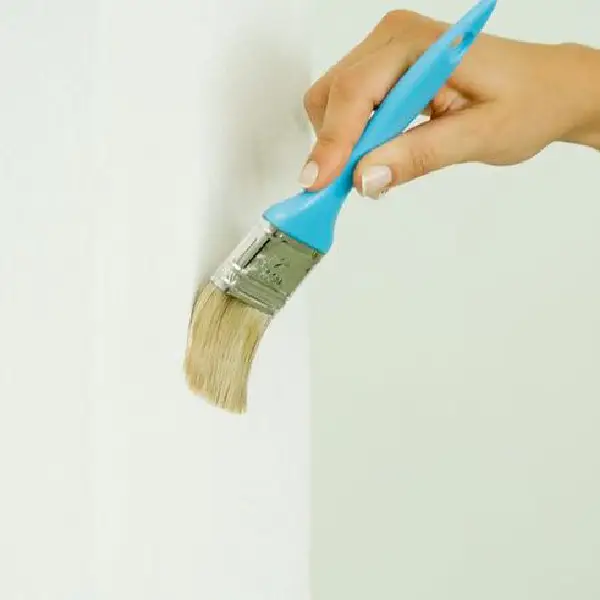
image sourced from here
To achieve the greatest results, always keep unused paint so you can utilize it for touch-ups when necessary. Use the identical paint that was used to give the wall its current hue.
Use the original paint that was applied to the wall wherever feasible. If not, locate a paint that is similar in terms of color and shine.
Color matching technology
To find the precise hue and shine of the paint on your wall, think about utilizing spectrometer analysis, which can be found at hardware stores or paint suppliers.
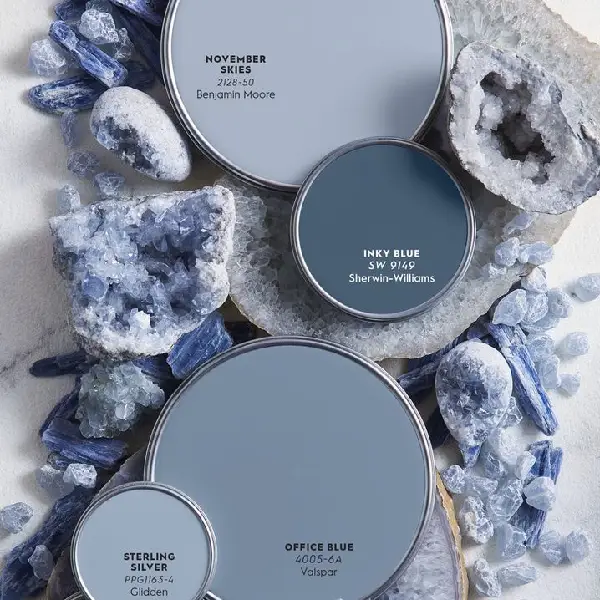
image sourced from here
The technique of matching and comparing colors is known as color-matching technology. The process entails employing several methodologies and instruments to guarantee color accuracy and consistency across diverse materials, surfaces, and lighting scenarios.
For more information about color-matching technology, refer here.
Applicator choice
A small, specialist paintbrush made for fine and delicate painting activities is called a tiny brush for touch-up painting.

image sourced from here
Touch-ups, delicate lines, and detailed details are the usual uses for it in a variety of creative and craft endeavors. Here is a thorough description of this tool:
Features:
- Size: Small brushes have a short handle and a thin brush head, which define them. Painting may now be done with more control and accuracy thanks to this.
- Bristles: Synthetic fibers or natural hair, such as Kolinsky or sable, are typically used to make the bristles of small brushes. Synthetic hair brushes are more enduring and simpler to maintain, while natural hair bristles are prized for their softness and capacity to retain paint.
For more information about choosing the paintbrush, click here.
Surface Preparation
The answer to the question “Can you touch up a wall without painting it whole” is yes, but you should properly prepare the surface first.
To do this, pay attention to these tips:
Clean the area
Use mineral spirits or regular home detergent to clean the surface. Use steel wool, sandpaper, or a wire brush to remove any loose paint or corrosion. Using fine-grain sandpaper, sand shiny surfaces and then clean them with a tack cloth.
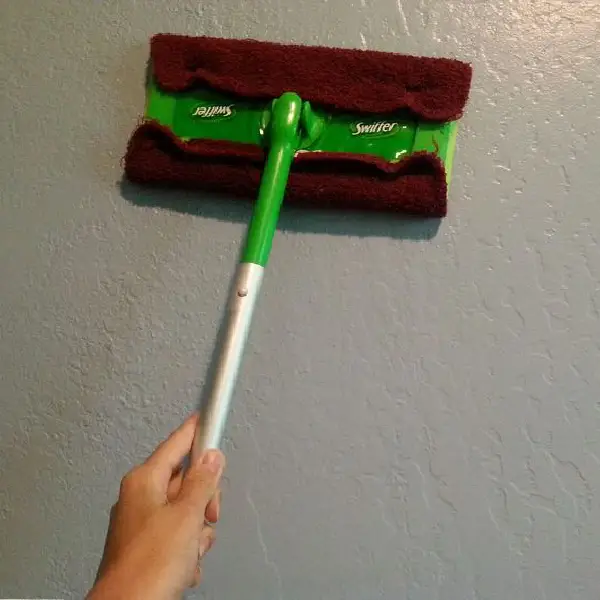
image sourced from here
For more information about cleaning the surface, click here.
Sand and prime
A smooth, polished finish can only be achieved by sanding the surface before painting. Sandpaper is used to smooth down any rough edges, old paint, or blemishes from the surface.

image sourced from here
Sanding is primarily done to provide a smooth and uniform surface on which paint will attach, improving adhesion and prolonging the life of the paint job.
Sanding also aids in clearing away any debris, dust, or grime that may have gathered over time on the surface.
The paint will adhere to the surface more firmly and chip and peel less readily if these impurities are removed. Furthermore, sanding aids in surface pore opening, which enables the paint to adhere and penetrate deeper.
On the other hand, Painting requires priming the surface in order to get greater paint adherence, a smoother finish, and longer-lasting effects. Prior to painting, a specific coating known as primer must be applied to the surface.
As a foundation coat, primer facilitates a more robust paint-to-surface connection. Over time, it prevents peeling, chipping, and flaking by improving the paint's grip and producing a homogeneous, somewhat abrasive texture.
Additionally, priming aids in sealing porous surfaces, which improves coverage and lowers paint absorption.
Primers can also take care of certain surface problems. For instance, they can offer adherence to difficult surfaces like metal or glass, stop corrosion, withstand dampness, and block stains.
Certain primers are designed to improve the color vibrancy of the paint or to impart a certain finish, such as a glossy or matte look.
Best Ways to Touch up Paint for Walls
Another question about the best ways to touch up paint is how to blend touch-up paint on walls.
Below, we have mentioned three different application techniques for you to achieve the best results.
Brush or foam brush
A tiny, portable instrument called a brush or foam brush for paint touch-up is used to apply paint to small areas or touch up previously painted surfaces. Usually, it's used to add details to a paint job or make little repairs.

image sourced from here
Take into account the following elements while choosing a brush for paint touch-ups:
- Bristle Type: Water-based paints work well with synthetic brushes, whereas oil-based paints work best with natural brushes.
- Bristle Length: Longer bristles work better for blending and smoothing, while shorter bristles work better for control and accuracy.
- Brush Size: Select a brush size suitable for the area you are cleaning. Broader brushes work well on broader areas, while smaller brushes work best on finer details.
Roller
Different sizes and forms of touch-up rollers are available based on the intended purpose. Bigger rollers may be used for bigger areas, while smaller rollers are best for minor touch-ups.
Certain touch-up rollers are made to work with particular paint kinds, including water- or oil-based paint.

image sourced from here
When using a touch-up roller, remove excess paint by dipping the roller cover into the paint and then rolling it onto a paint tray. Next, lightly push the roller against the surface that is to be painted.
Once the required coverage is reached, keep rolling the roller. After usage, be sure to wash the roller cover with soap and water.
Spray paint
Spray paint is a kind of paint that is usually applied using a spray cannon in a thin mist. Touch-ups frequently utilize it since it is easy to apply precisely and covers small areas.
Spray paint is appropriate for a variety of surfaces and applications since it comes in an extensive array of colors and finishes.
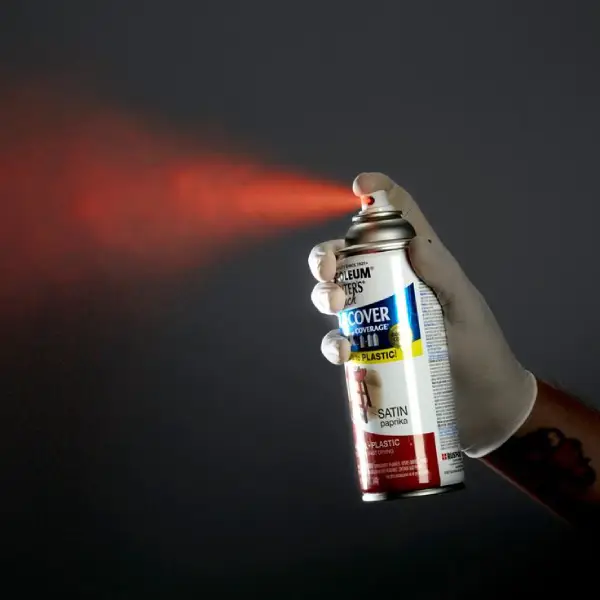
image sourced from here
Convenience is one of spray paint's key benefits. It doesn't require any additional tools or equipment and is quick and simple to apply. Furthermore, spray paint dries quickly, enabling jobs to be finished more quickly.
It's crucial to remember, though, that spray paint may be messy and needs enough ventilation because it releases fumes.
To guarantee correct application and safety measures, it is also crucial to carefully follow the directions on the spray can.
If you have the question “Can you touch up a wall without painting it whole” in your mind, we should say yes, you can touch up the paint with roller, spray, or brush without painting the whole.
Safety Considerations
Prioritizing safety is crucial when starting a painting project. The following factors must be taken into account to guarantee a good and safe painting experience:
- Proper Ventilation: To avoid dangerous paint and solvent fumes building up, there must be enough ventilation. Make sure your workstation is well-ventilated by keeping windows and doors open or employing fans.
- Protective clothing: To protect yourself from paint fumes and splashes, use the proper protective clothing. To avoid breathing in dangerous fumes, this also entails wearing gloves, safety glasses or goggles, and a respirator mask.
- When working at heights, make sure to utilize a stable and well-maintained ladder for safety. Ensure that the ladder is at least three feet above the landing or support point and that it is positioned on a level area. To provide extra stability, always have someone hold the ladder to prevent you from reaching too far.
- Electrical Safety: Exercise caution while utilizing electrical devices in close proximity to paint or water. Avert overloading circuits by making sure all electrical outlets and cables are in excellent condition. Before moving or cleaning electrical appliances, unplug them.
- Limit Skin Contact: Keep paints and solvents off of your skin as much as possible. Put on gloves and safety gear to avoid irritating your skin or absorbing dangerous substances. After working with paints or solvents, thoroughly wash your hands with soap and water.
Thin the Paint
It is important to thin paint prior to touch-up in order to attain a smooth and polished appearance. In order to make the original paint less viscous and simpler to apply, it is diluted with a suitable solvent, usually mineral spirits or water.
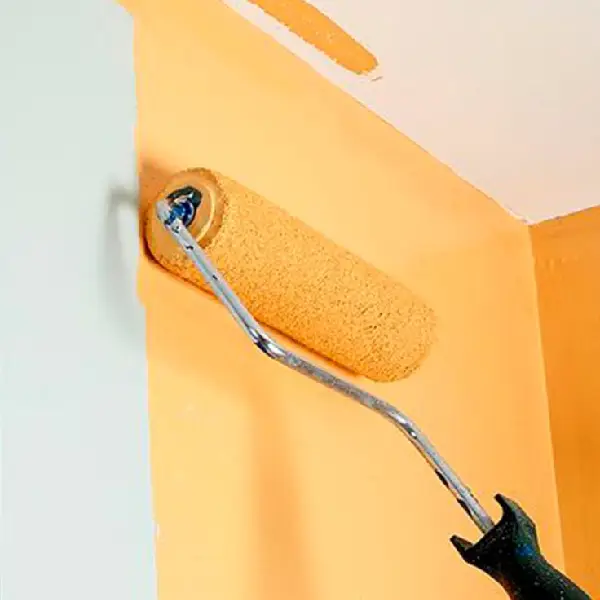
image sourced from here
For touch-ups, paint thinning is essential for a few reasons:
- Improved Coverage and Flow: Paint that has been thinned will apply more precisely and have a better flow across the touch-up area. It guarantees a seamless transition between the original paint and the touch-up and lessens brush traces.
- Enhanced Adhesion: By making the paint thinner, you can lessen the chance that it will peel or chip off the surface. The thinner paint more thoroughly penetrates the preexisting paint layer, strengthening the connection and making the touch-up less noticeable.
- Decreased Brush Drag: Paint that has been thinned is simpler to apply and mix because there is less resistance between the brush and the surface. This reduces the possibility of leaving unsightly stains or harming the nearby paint.
Conclusion
As you noticed, touching up the paint requires you to choose the right tools, follow standard steps, and be aware of safety considerations. Otherwise, you may face difficulties when doing the job.
So if you are looking for the best ways to touch up paint, follow the steps we mentioned in the article.
- In this post:
- Color Matching and Preparation
- Surface Preparation
- Best Ways to Touch up Paint for Walls
- Safety Considerations
- Conclusion



